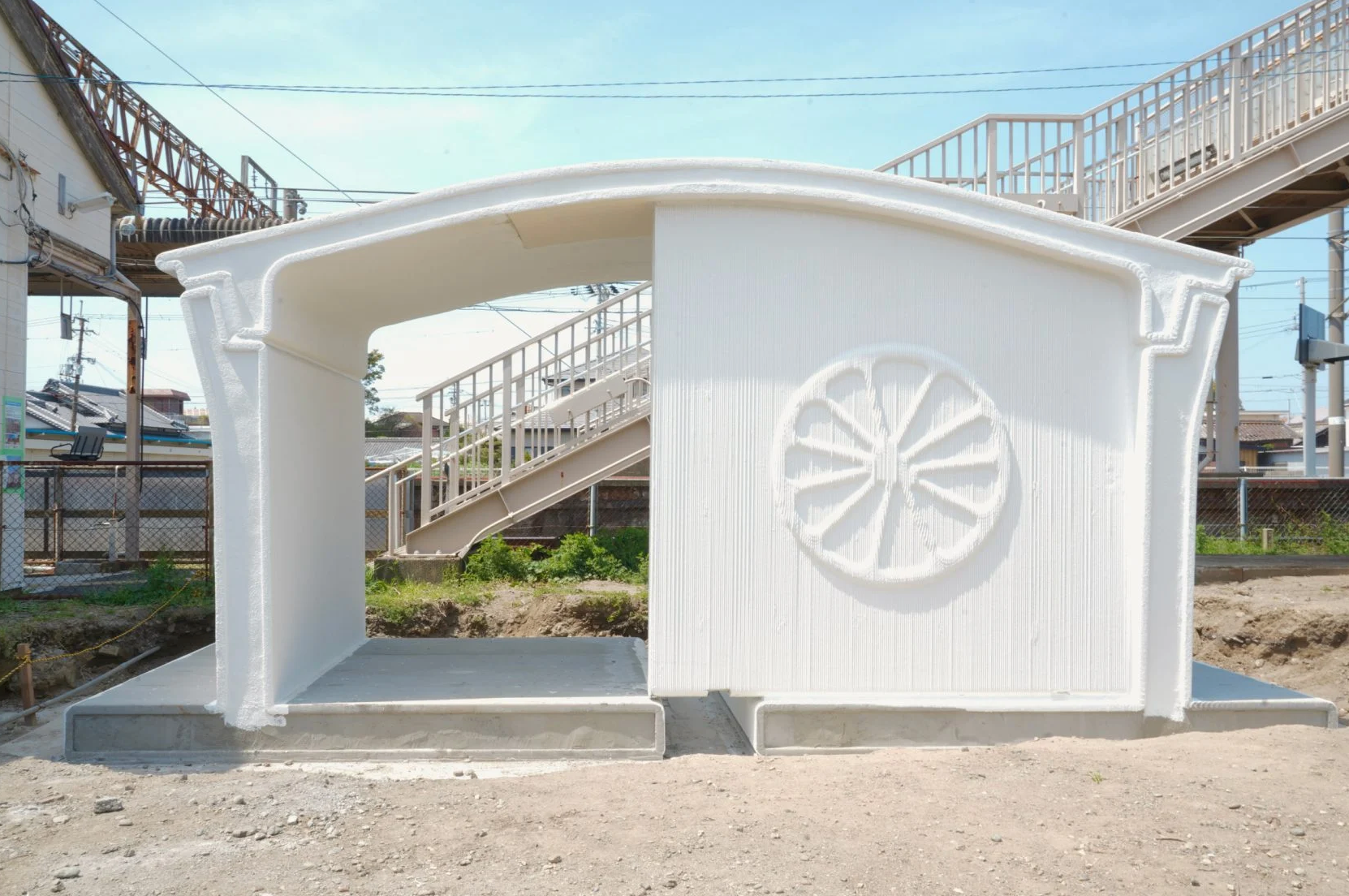Japan Debuts World's First 3D-Printed Train Station, Pioneering the Future of Infrastructure
Japan has unveiled the world’s first 3D-printed train station, a groundbreaking project that marks a bold step forward in how public infrastructure is designed and constructed. Created by Japanese startup Serendix, the station showcases the immense potential of additive manufacturing in large-scale architecture.
Located in the countryside of Japan, the new station features a series of sleek, dome-like structures made entirely through 3D-printing technology. The organic, curving forms not only reduce material waste but also offer natural insulation, contributing to a sustainable, low-carbon footprint. The design emphasizes simplicity and durability, intended to withstand Japan’s challenging weather conditions, including earthquakes and typhoons.
The construction process took only a fraction of the time required for traditional builds. Using a specialized concrete printing system, Serendix was able to fabricate and assemble the station in a matter of days, drastically reducing labor costs and construction timelines.
Beyond the technical achievement, the station signals a new era of customizable, rapid infrastructure development. The project demonstrates how 3D-printing can be leveraged to revitalize rural communities, where declining populations and limited resources have made traditional infrastructure projects increasingly difficult.
Japan’s 3D-printed station is not just a novelty — it represents a shift toward smarter, faster, and more sustainable solutions in architecture and public works. As the technology matures, we can expect more transport hubs, community centers, and even homes to be built with the same innovative methods.
0 comments













